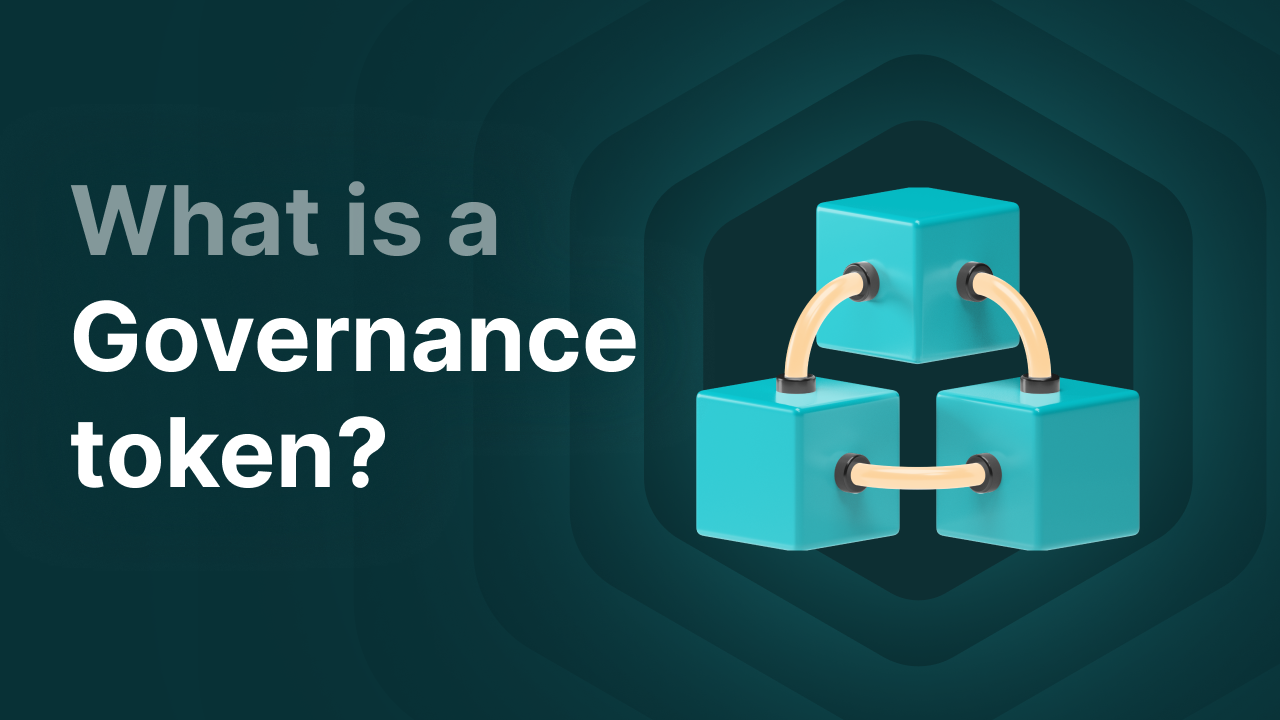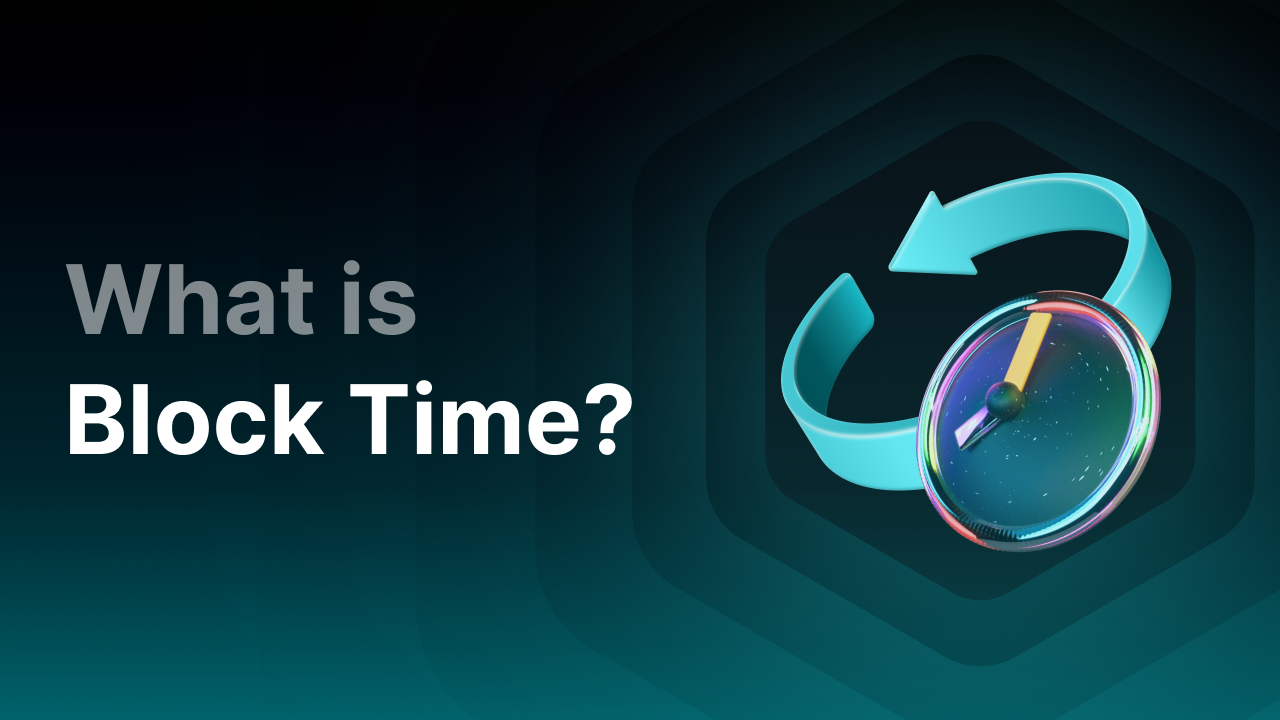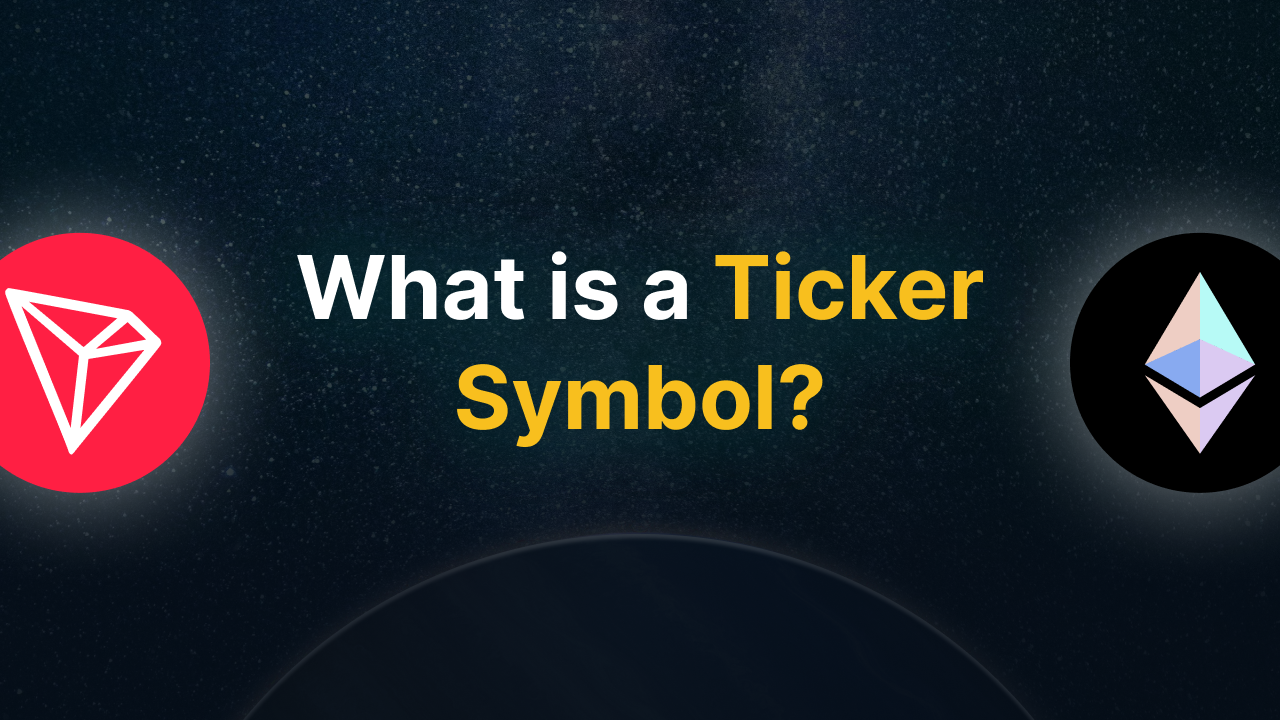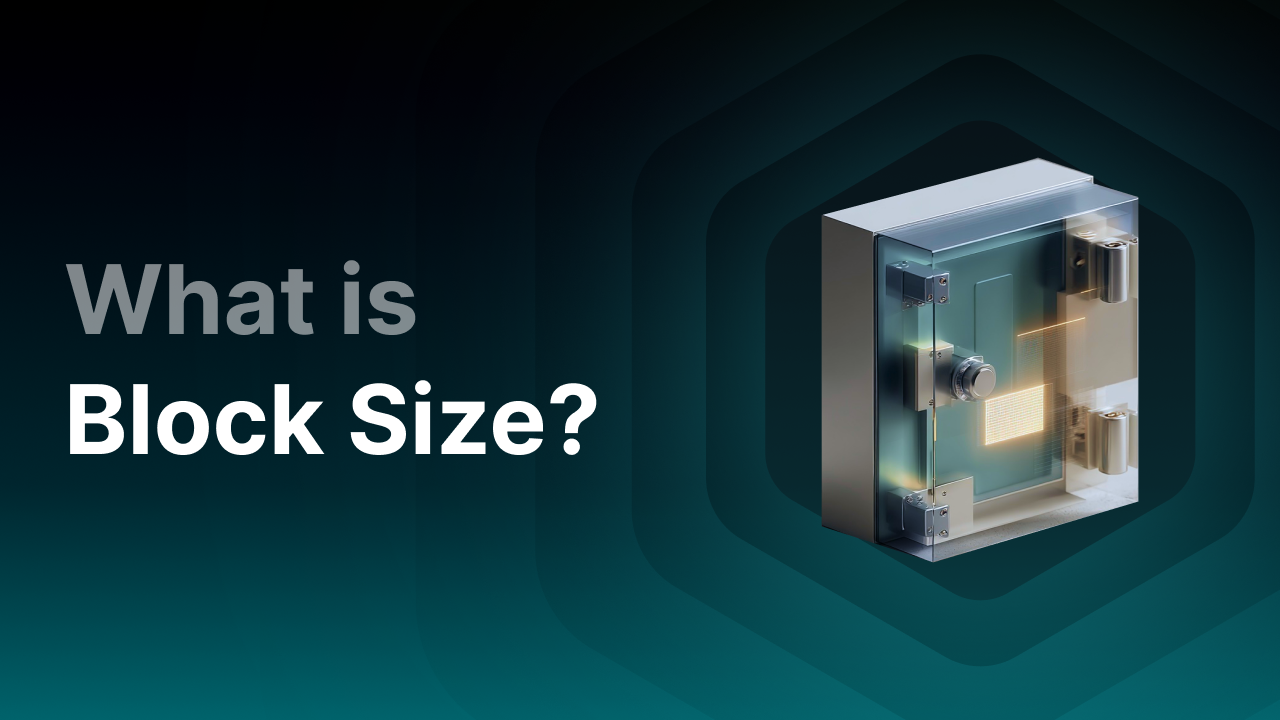What is a fungible token and what is the difference with a non-fungible token?
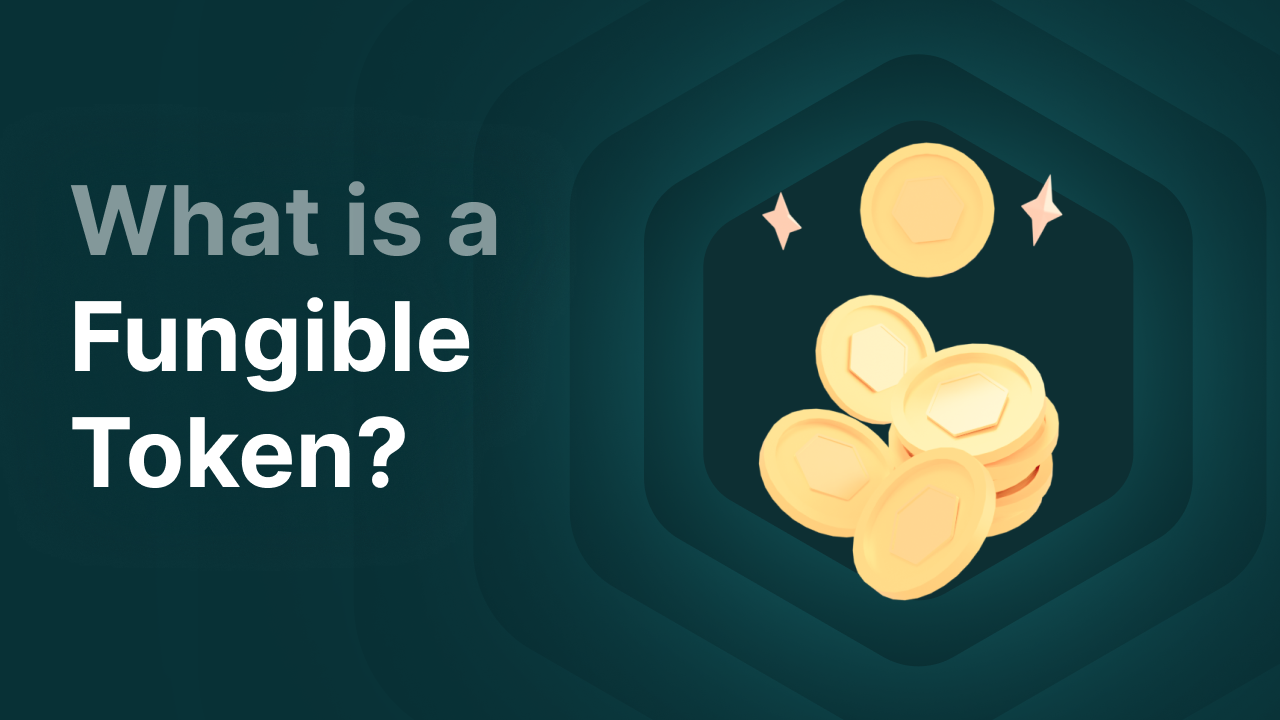
What are fungible tokens?
A fungible token is an asset that represents a fixed value and is often used as a means of payment or to access services within an ecosystem. Each token has the same value and is interchangeable 1:1 with the same type of asset. Most cryptocurrencies are fungible tokens. Take the crypto of Bitcoin, namely BTC, as an example. Every BTC has the same value, just like every euro (fiat money) has. With a 2-euro coin, you can buy something worth 2 euros. This does not change if you want to buy something with another 2-euro coin. The value is the same, and the coins are indistinguishable from each other. There is no unique value attached.
Another property of a fungible token is that it can be divided. The 2-euro coin, for example, can be exchanged for four 0.50-euro coins. Taking BTC as an example again, Bitcoin is also divisible. You can, for example, sell half of your Bitcoin. Then you are left with 0.5 BTC. A practical feature, as it allows multiple sources to contribute to an investment, for instance.
Example: Suppose you are looking for a €100,000 investment for your project, but four individuals each want to contribute only part of it. Thanks to token divisibility, you can split this amount into four portions of €25,000.
Key Takeaways
-
Fungible tokens are interchangeable and always represent the same value, similar to traditional money like euros or dollars.
-
Fungible tokens are divisible into smaller units (e.g., 0.001 BTC), whereas NFTs are indivisible without losing their unique nature.
-
Fungible tokens are used as a medium of exchange, for investment, or within DeFi services; NFTs primarily serve as digital proof of ownership of unique items such as art or collectibles.
Use cases of fungible tokens in the crypto world
In the crypto world, fungible tokens have various use cases. They are essential for ecosystems that utilize blockchain technology.
-
Medium of exchange: Fungible tokens such as Bitcoin (BTC), Ethereum (ETH), and stablecoins (like USDT and USDC) are often used as payment methods, both within and outside blockchain platforms. For instance, you can pay with cryptocurrencies at certain online stores.
-
Trading and investing: Fungible tokens are widely used for investment purposes, as investors speculate on price increases. Additionally, fungible tokens are easy to exchange for other tokens on crypto platforms like Finst.
Example: You can easily exchange BTC for SOL.
In short, fungible tokens are easy to buy, sell, and trade because they have the same value everywhere.
-
Utility within platforms: A fungible token often also functions as a utility token. You need the token to perform certain actions within the blockchain.
Example: Take Ethereum. To perform transactions on Ethereum’s mainnet, you must pay transaction fees using Ether (ETH). Without ETH, this is not possible. There are also utility tokens you need to access special content or a software functionality.
-
DeFi (Decentralized Finance): Cryptocurrencies supported by the proof-of-stake consensus mechanism, such as many ERC-20 and BSC tokens, are often used in the DeFi sector for activities such as staking, crypto lending, and yield farming. Examples of tokens include DAI or AAVE, which play an important role in decentralized finance.
-
Governance: Several blockchains and protocols operate as a DAO: a decentralized organization. Within a DAO, users gain voting rights by holding and/or staking tokens. For example, owning a certain number of tokens gives you the right to help decide the future of a protocol.
Fungible tokens vs non-fungible tokens
In addition to fungible tokens, there are non-fungible tokens (NFTs). Unlike fungible tokens, NFTs are not interchangeable 1:1 because each NFT has unique properties. Furthermore, you cannot divide an NFT. An NFT is not a coin you use to pay, but often an artwork, photo, or collectible stored on the blockchain. There is a big difference between the two types of tokens. The differences are explained below:
Final thoughts
Fungible tokens and non-fungible tokens (NFTs) together form the foundation of the digital economy ecosystem on the blockchain. While fungible tokens excel in uniformity, divisibility, and financial applications, NFTs provide unique value and ownership rights for digital assets. Understanding the differences between these two types of tokens is essential to better grasp the workings and potential of blockchain technology. Whether it’s for payments, investments, voting, or owning digital art, each token type has its own important and valuable role.
